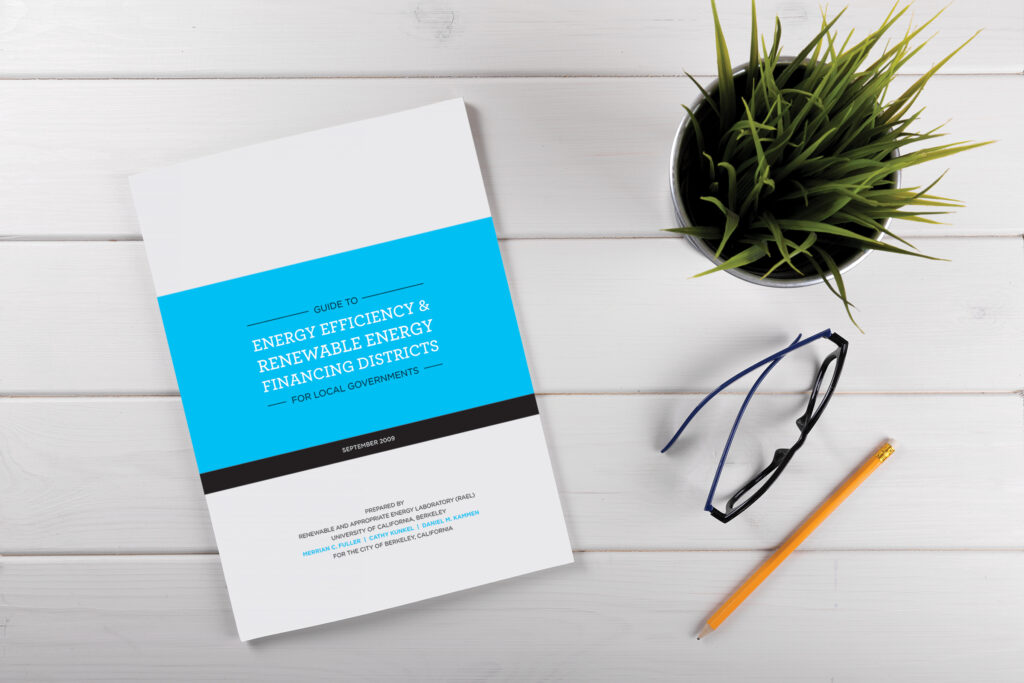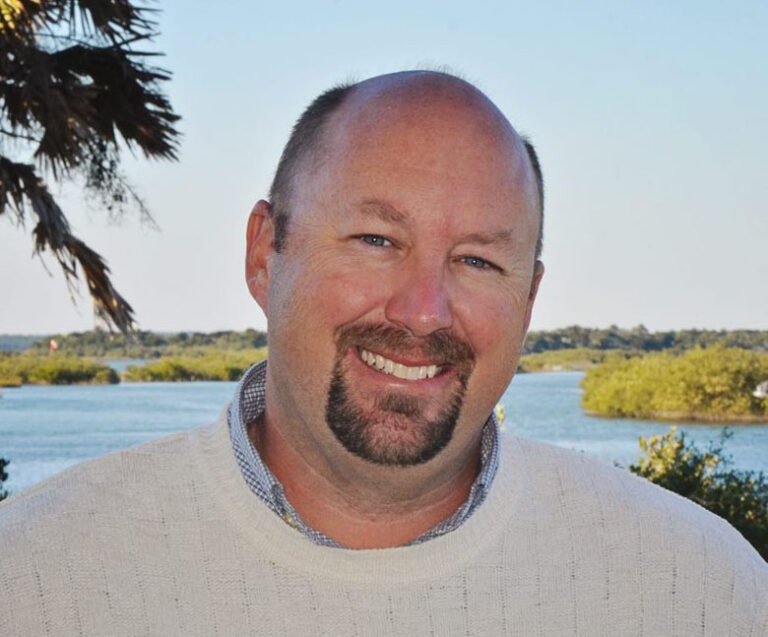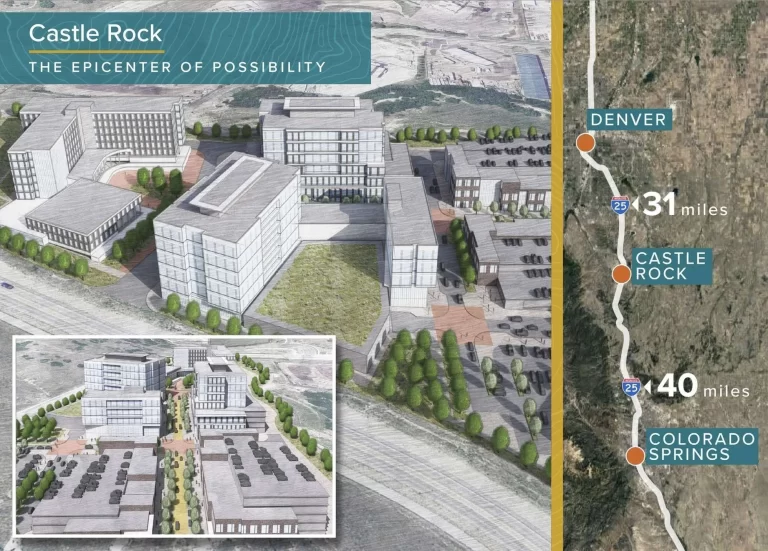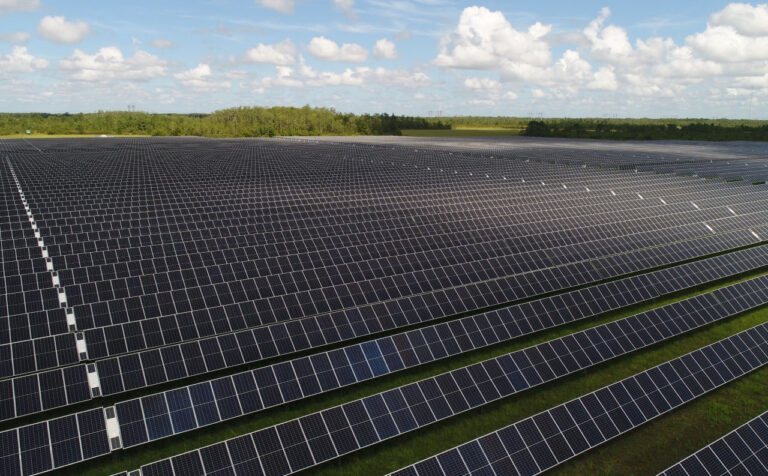Helping Small to Medium-Sized Companies Make a Change for the Good

For many small- to medium-sized enterprises, managing ESG (Environmental, Social and Governance) initiatives may be a lower priority than the day-to-day operation of their business.
However, as ESG gains more visibility for investors and as the government begins to create more regulations around it, having a robust and efficient ESG monitoring and reporting system is a must for companies looking to grow in today’s marketplace.
What is ESG?
Different than sustainability, ESG looks beyond the environmental impact of a company’s business to how well a company manages social and governance factors.
The environmental aspect includes familiar factors such as a company’s carbon footprint and greenhouse gas emissions.

Alex Kiss is the COO of vranda, a Ponte Vedra company that builds ESG operating systems for small businesses. He explains that the social aspect is “more internal, such as employee diversity, for example. It also touches on supplier diversity. So how diverse are the suppliers that you work with that supply you with parts for your services?”
“And the last one is governance. It deals with the board of directors and any sort of ethics proposals that they have on board. This can be straightforward to track but also is used in risk management to see whether the board has the policies in place in case of, say, a natural disaster or social issues,” Kiss says.
Greenwashing
ESG was pushed to the forefront when major investment firms began to make it part of their reporting requirements for major companies. However, this led many large companies to make ambitious public environmental claims without a solid plan to fulfill them, which has been called “greenwashing.”
“Companies love those headlines because it’s a great immediate lift – but they don’t need to do anything,” says Kiss. “So now what’s happening is Wall Street and now the government are starting to hold their feet to the fire…. And now there are standards being put out to say, hey, these are the exact metrics that we want you to report on.”
Supply Chain
Many small to medium-sized companies may not have the direct reporting requirements of larger companies. However, if they fall into the supply chain of a larger public company, they will be required to report on ESG initiatives.
“So now you may be a smallish mid-size supplier of a very specific part to Boeing. You now have to report that back to them because they need to report that back to the government. So, this is why these companies should be concerned. They may not think it impacts them directly, but if they’re involved with any public companies or with the government, this is becoming mandatory,” says Kiss.
Kiss is one of four partners who started vranda recently to help these companies address ESG.
Kiss and two other partners came from a financial background and moved from New York to start the company, while the fourth partner has more than 20 years of sustainability background from one of the largest companies in the world.
“We’ve got this kind of joint passion for sustainability,” he says. “So, we brought this team together, as we thought we could really make a difference, bringing that financial lens together with sustainability.”
ESG Operating System
vranda creates what they call an “ESG Operating Platform” in order to integrate ESG into their clients’ operations and workflow. The platform then provides data, analysis and reports so the company can make better decisions and communicate better with investors on ESG.
Kiss says the process starts with a “materiality wizard,” which is an online form that collects metrics from throughout the company. “The ESG really touches on every aspect of the company,” he says.
“We talk with all the stakeholders. If they’ve got a warehouse manager, transportation department, supply chain operations – and we help those companies first understand what’s important to them internally. And then we create a report that’s customized to show the metrics and the data that they need to be collecting.” says Kiss.
“So they can see, okay, well, this is what our transportation did. These are their greenhouse gas emissions. We’d like this to be at this target. We’re below that target. It allows them to really track and monitor their goals and ultimately make a change for the good, and that’s what we’re really focused on,” says Kiss.
What else can I do with C-PACE money?
Brownfields. It seems like nobody is talking about those anymore. What’s the tie-in? As we strive to make conservation a priority, rehabilitating previously used properties designated as brownfields is not only an environmental win for a community, it recycles the property for new uses and new economic development opportunities.
Redevelopment of idle brownfield sites like Miller’s Landing in Castle Rock, Colorado, using C-PACE as part of the funding package, has ensured the energy-efficient, mixed-use development can move forward.
Touted as a ‘tremendous tax revenue generator for the Town,” in a March 2021 news release by Castle Rock officials, the development will include ‘an exciting, dynamic town center that mixes high-tech businesses with vibrant retail, entertainment, hospitality and outdoor recreation opportunities.’
The Take Away: C-PACE dollars can help close funding gaps on commercial projects assisting with the transition from outdated infrastructure to new, energy-efficient buildings and renewable energy technology. And, it’s important to understand the pros and cons of the C-PACE program. Visit www.energy.gov/eere/slsc/property-assessed-clean-energy-programs to learn more about the program options and details.

Started in 2009 and based on the publication “Guide to Energy Efficiency & Renewable Energy Financing Districts for Local Governments” from the University of California, Berkley as a way to accelerate a clean energy, carbon-free society, the Property Assessed Clean Energy (PACE) program was developed as a way to help homeowners/residential properties (R-PACE) and commercial property (C-PACE) owners make needed upgrades, repairs or eco-friendly, ‘green’ improvements.









